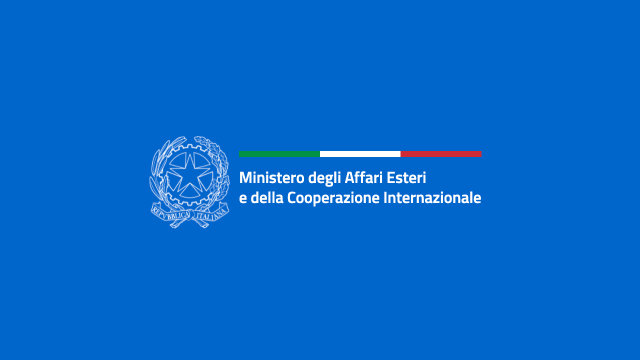“I am very happy that within the context of the 9th edition of “Farnesina Porte Aperte” (“Farnesina Open Doors”), more than 6 years after the closing of the Istituto Italiano per l’Africa e l’Oriente (IsIAO), the Institute’s prestigious library will reopen to the public on the premises of the National Central Library of Rome,” said the Minister of Foreign Affairs and International Cooperation, Angelino Alfano, referring to the reopening of the prestigious IsIAO library scheduled for Tuesday, 9 May. “The reopening of one of Europe’s most complete collections on the history and culture of African and Asian civilisations, long awaited by Italian and international scholars and academics, was made possible thanks to the cooperation between the Foreign Ministry, which has been in charge of liquidating the Organisation since last November, and the Ministry for Cultural Heritage and Activities and Tourism (MIBACT). The two Administrations’ joint efforts have thus made it possible to safeguard the valuable legacy of the IsIAO and offer to public enjoyment, restoring a precious instrument for citizens to nurture and deepen the knowledge of cultures and peoples that are increasingly closer to us in this 21st century,” added Minister Alfano, specifying that “The Foreign Ministry has also promoted the reorganisation of the IsIAO’s priceless historical archives: some of the archive’s documents, which will soon be made available to scholars, will also be included in the exhibition itinerary.”
The reopening event, scheduled at 12 p.m. on Tuesday, 9 May at the National Central Library of Rome (BNCR), will also include the signing of an agreement between the National Library and the Ministry of Foreign Affairs and International Cooperation on the protection, upgrade and enjoyment of the IsIAO Library. The event will also feature an iconic display of the treasures of the IsIAO as part of the national campaign to promote book reading called “Il Maggio dei Libri”, including a section on the precious Oriental Collection of the National Library (running from 9 May to 30 June 2017). The opening remarks by Andrea De Pasquale (director of the BNCR), will be followed by contributions by Armando Barucco (Analysis Unit of the MAECI), Elisabetta Belloni (secretary general of MAECI), Antonia Pasqua Recchia (secretary general of MIBACT), Rossana Rummo (director general of DGBIC). The closing remarks will be made by Hon. Mario Giro (deputy minister of Foreign Affairs and International Cooperation).
The IsIAO Library, which consists of 180,000 volumes, is divided into three Sections, in turn subdivided into several Funds that represent a unique testimony of the wealth and variety of the material comprising the collection, the most outstanding of which are the ancient Sanskrit and Tibetan manuscripts purchased by the founder of the library, orientalist Giuseppe Tucci, the Dubbiosi Fund, which includes several manuscripts in Arab and the Taddei Fund, an essential source for the study of Gandhara art. Another integral part of the legacy that has been transferred to the National Library consists of the African image and map libraries previously belonging to the Italo-African Institute, which respectively count on over 100,000 images, between photographs and negatives dating back to the Italian colonial period, and more than 14,000 geographical maps of the same colonial period.
The IsIAO legacy will be integrated with the oriental collections of the BNCR, especially the Chinese and Japanese Funds, a collection that is unique in Italy thanks to the abundance and homogeneity of the material. The Chinese Fund comprises a total of 1,500 titles amounting to 13,000 volumes, plus the almost 6,000 volumes donated by the Italy-China Association in 1992. The collection of Japanese texts includes approximately 2500 titles for a total of 5000 volumes. The original and most consistent nucleus of the Chinese Fund consists of the collection of works which were kept by the Jesuits in the Bibliotheca Major of the Collegio Romano and originated from the relationship between the religious order and the Chinese Empire from 1583, the year in which Matteo Ricci arrived in China, to 1773, the year in which the Company was dissolved. Special mention should be made of the most famous piece of the Fund, namely the manuscript of the Bencao Pinhui Jingyao, the first draft of the 16th Century Pharmacopoeia compiled on commission of Emperor Xiao Zong of the Ming Dynasty and richly illustrated with 1360 watercolours.

